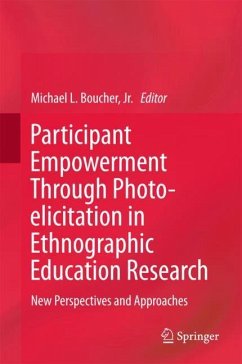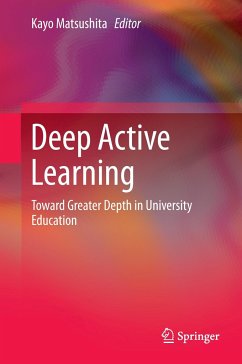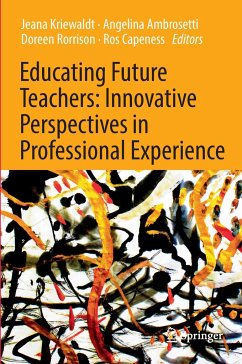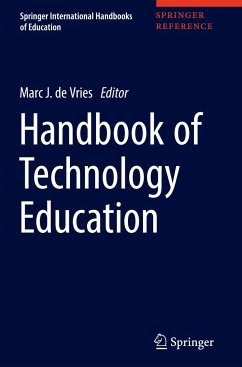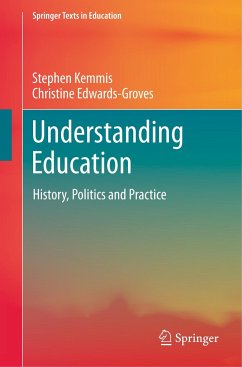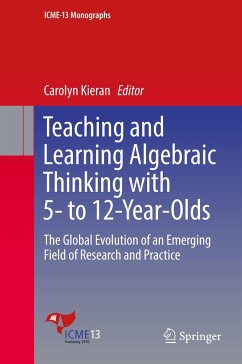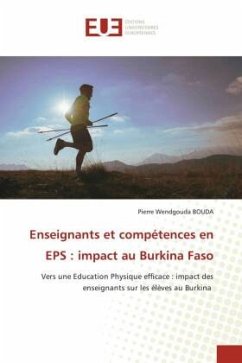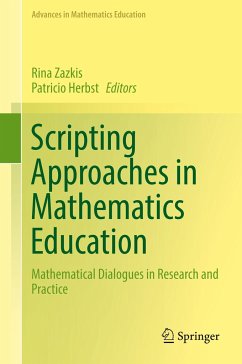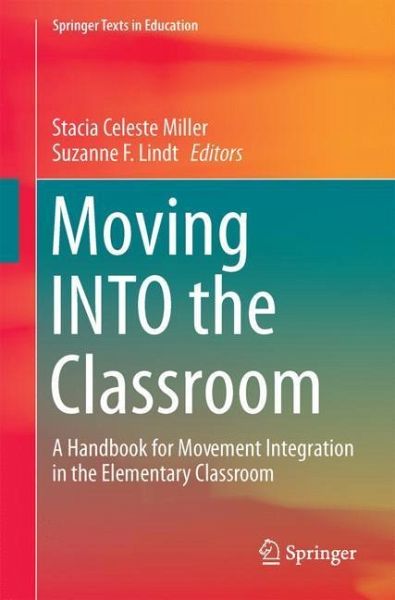
Moving INTO the Classroom
A Handbook for Movement Integration in the Elementary Classroom
Herausgegeben: Miller, Stacia Celeste; Lindt, Suzanne F.

PAYBACK Punkte
31 °P sammeln!
This textbook focuses on research in movement integration and the benefits of physical activity to the child's physical, cognitive, emotional, and social development. It includes research on and suggestions for integrating movement into English-language arts, mathematics, science and social studies for lower and upper elementary students. Though the textbook is specifically aimed at elementary-level teachers, secondary teachers and pre-service teachers can modify the activities to fit their lessons as well.




